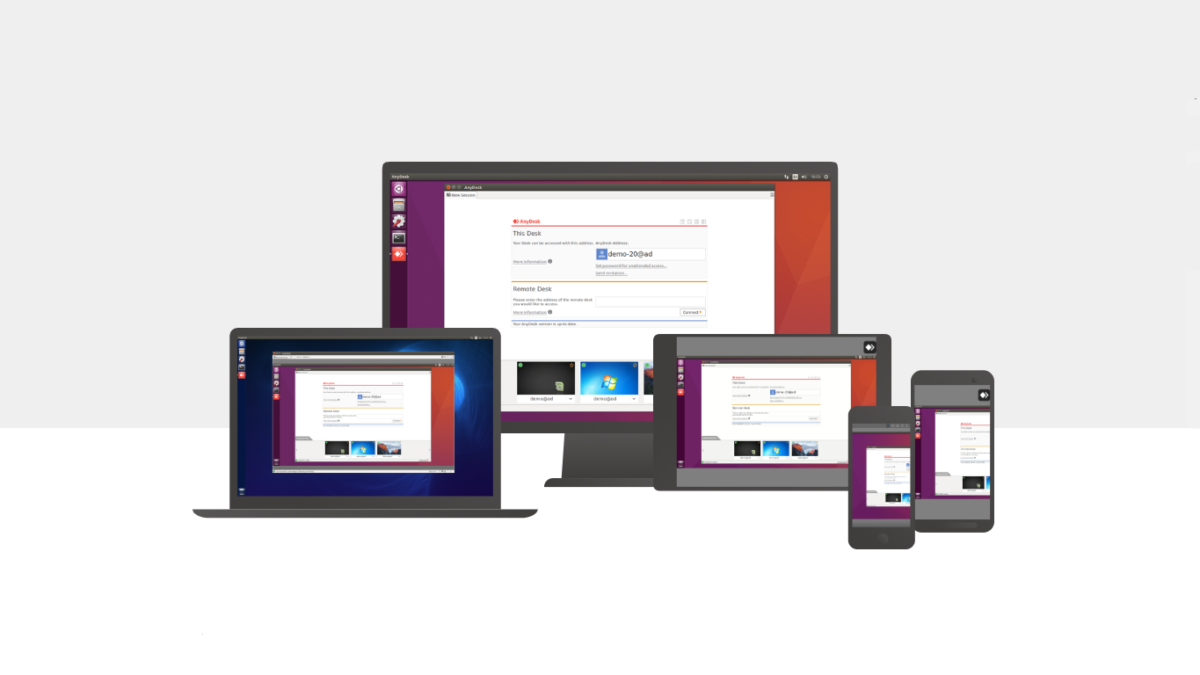
- MICROSOFT REMOTE DESKTOP VS TEAMVIEWER FULL
- MICROSOFT REMOTE DESKTOP VS TEAMVIEWER SOFTWARE
- MICROSOFT REMOTE DESKTOP VS TEAMVIEWER WINDOWS
MICROSOFT REMOTE DESKTOP VS TEAMVIEWER SOFTWARE
If you are looking to incorporate broad implementation of a remote desktop tool, it is likely that the software you choose will need to function across an array of devices and operating systems, including mobile phones, PCs, Linux and iOS devices, Raspberry Pi boards and Mac computers. The main difference is that RDP is a virtual session and VNC captures the physical display you see exactly what the remote user sees. īoth protocols provide access to remote desktops for quick and easy remote working and troubleshooting. VNC is more suited to support use cases involving troubleshooting or remote working.RDP requires port forwarding to use over the internet so it’s an exposed service.VNC is a screen-sharing tool that also lets the remote computer take control. RDP logs into the computer, creating a virtual desktop session so that users can share the resources of the same computer between them, but this also means that it is not a screen-sharing platform.This greatly aids the productivity for individuals, organizations, and IT specialists.
MICROSOFT REMOTE DESKTOP VS TEAMVIEWER FULL

VNC connects a user to the computer itself by sharing its screen, mouse, and keyboard, so that when several users are connected to the same server, they can all see the same screen and type on the same keyboard.

MICROSOFT REMOTE DESKTOP VS TEAMVIEWER WINDOWS
Being Microsoft’s proprietary protocol, RDP works only with Windows systems, although the client is available for nearly all operating systems such as Mac, Android, and Linux.

RDP is usually intended for 1:1 usage, and many remote computers can share the resources of a main computer through different profiles. Remote Desktop Protocol, or RDP, is a proprietary protocol that allows its users to graphically control a remote computer. Luckily, this is all possible using either RDP or VNC, so let’s break down the two methods so you can see their similarities and differences. Maybe you need to retrieve work files and documents or quickly take control of a co-worker’s computer for ad-hoc support.


 0 kommentar(er)
0 kommentar(er)
